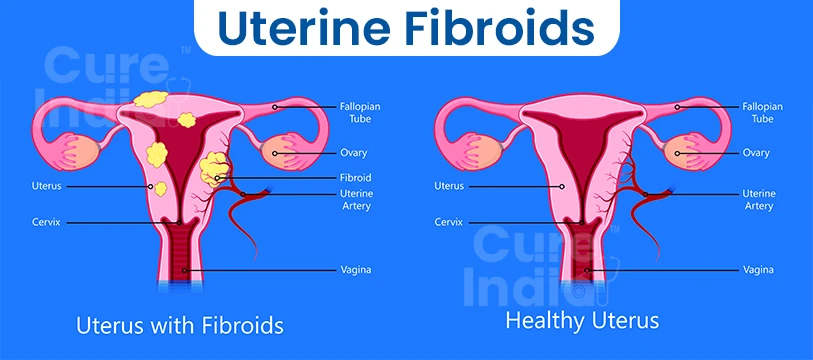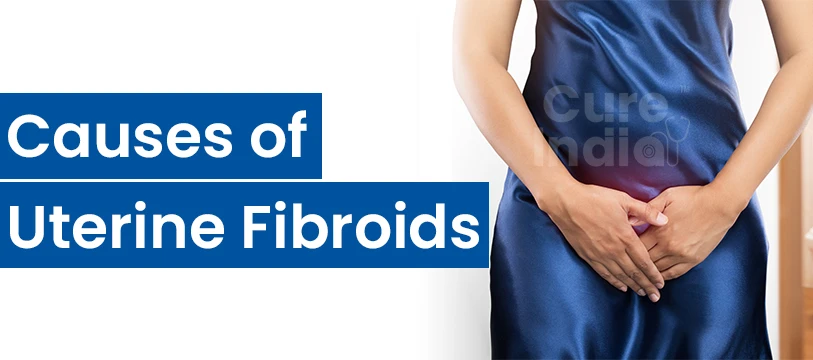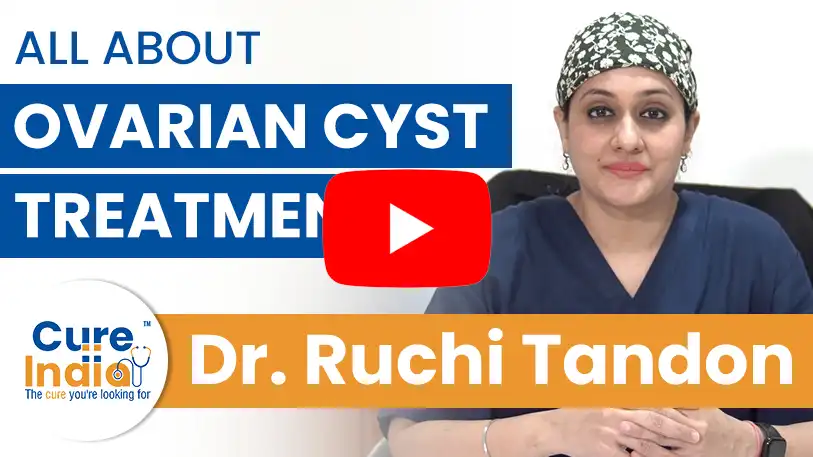

Each year, many Africans travel abroad for medical treatment. People from different African countries, such as Kenya, Nigeria, Ethiopia and Congo, go overseas because their nations do not have well-built hospitals. Some African countries struggle to provide ample and affordable healthcare services to their people.
India is ranked among the best destinations worldwide in terms of medical tourism due to its strategic location, medical advancement and highly-trained uterine fibroid doctors. To many, this is a blessing in disguise since they can be treated for various diseases here, which require high-tech machines and doctors who are trained internationally, like uterine fibroids. People are coming to India from all over Africa and beyond because they know that quality healthcare will be offered at cheaper prices than any other place globally.
Uterine fibroids are noncancerous growths that occur in the uterus during childbearing years, which may cause pelvic pain, heavy periods, frequent urination, etc. Sometimes surgical removal is necessary for the treatment of uterine fibroids. Among many African patients requiring modern surgeries for cheap treatment of uterine fibroids, India has become their favourite destination.

Uterine myomas, known as leiomyoma and myomas, are smooth muscle tumours that mostly occur and enlarge the uterus. These growths fluctuate from tiny seeds to large abnormalities that may cause destructive changes to the type of uterus. Uterine fibroid treatment is an issue that has become an important aspect of women’s health since fibroids develop rapidly and threaten to cause a variety of problems.
Most tiny uterine fibroids are asymptomatic and don't require treatment other than routine monitoring by your doctor. You may have a range of symptoms from larger fibroids, such as:
■ Heavy menstrual bleeding: Extreme menstrual bleeding, which is a common feature found in patients having uterine fibroids, frequently leads to anaemia and weakness.
■ Pelvic pain: Fibroids can be asymptomatic, but the symptoms can include mild to severe pelvic discomfort.
■ Frequent urination: Gestational age, the size, and the place within the uterus where the growing fibroid is located play an important role. The most common way in which fibroids press against the bladder is the displacement.
■ Pelvic pressure or fullness: Fibroids in the abdominal and pelvic region create a similar feeling of pressure or a fullness, similar to being in a pregnancy.
■ Pain during intercourse: Fibroids may become hard in a case and, as a result, hurt during sexual intercourse.
The exact cause of uterine fibroids remains unknown. Still, several factors may contribute to their development, including:

■ Hormonal factors: Oestrogens and progestins, two hormones in charge of the menstrual cycle, likely would grow fibroids because of this.
■ Genetic predisposition: Women with a family history of fibroids are likely to have an increased risk of developing them.
■ Race: Studies have shown that African American women are at a higher fibroid susceptibility risk, and they may develop more severe symptoms too.
Usually, fibroids are discovered during a standard pelvic exam. When pressing on your abdomen during this exam, your healthcare practitioner may feel a solid, irregular bulge that could be a fibroid. Your doctor may request one of the following tests to detect uterine fibroids:
■ Ultrasound of the pelvis: A process where a tiny device called a transducer is either placed over the abdomen or introduced into the vagina to use sound waves to create images of the internal organs. The uterus's size, shape, and texture can be seen, and the physician can assess growth and determine the types of uterine fibroids.
■ Magnetic resonance imaging (MRI): MRI stands for magnetic resonance imaging. With this cutting-edge imaging technique, interior organs can be seen in incredibly fine detail. With these pictures, your doctor can precisely identify the position and features of fibroids and, if necessary, arrange minimally invasive procedures.
■ Hysterosalpingography: This is a particular kind of uterine and fallopian tube X-ray examination. To make it easier to see these organs and assess whether the fibroids have obstructed your fallopian tubes, your doctor will apply a specialised dye.
■ Hysteroscopy: This is a visual examination of the uterus inside and the cervical canal using a hysteroscope that is placed through the vagina.






Fibroid removal surgery cost in India can vary from $2,500 - $3,000. The cost of surgical removal of uterine fibroids in India can vary significantly depending on several factors, generally, the cost is divided into these categories; hysterectomy, myomectomy and laparoscopic/robotic surgery.
| Treatment | Cost in India | Stay in India |
|---|---|---|
| Laparoscopic Myomectomy Uterine Fibroid Treatment in India | $2,500 - $3,000 | 7 Days |
The utrerine fibroid treatments depends on one‘s health status, the nature of the fibroid, its size, where it is placed and if there are other cancerous or precancerous issues. Some common uterine fibroid treatments include:-

■ Medications: Regulators in the Netherlands do not advise their use for acute or chronic mechanical thrombosis patients unless specific medical conditions prevail while they are on anticoagulant drugs. Nevertheless, a range of hormones like GnRH agonists and oral contraceptives can be used to help in the treatment of severe excessive bleeding by controlling the duration of the menses cycle.
■ Uterine Fibroid Embolization (UFE): The technology is performed internally, which causes little damage to the tissue fibroids. Then, the blood circulation is used to cause them to shrink gradually.
■ Surgical Removal: In cases where the symptoms, such as acute pain, have been identified and the uterine fibroid treatments are administered as soon as the complications occur, a myomectomy (surgical removal of uterine fibroids) or the major operation, hysterectomy (the removal of the uterus), might be necessary.
The restoration after the surgical removal of uterine fibroids depends on the procedure type performed and individualised factors, including the general health and the size of the fibroids. Following surgery, patients may experience:
■ Pain and discomfort: Antinociceptive medication administered at the doctor's direction is an effective measure to overcome surgery-related pain.
■ Fatigue: First, rest and dietary balance are the most important factors for recovering fast.
■ Resuming activities: Almost every woman can take on normal work after two weeks of operation, but some power activities may need to be avoided for longer.
Indian gynaecology doctors consider the type of treatment the operation involves, available hospital equipment, and individual patient needs while deciding on the cost of fibroid surgery. All in all, most minimally invasive procedures like uterine fibroid embolization (UFE) are generally cheaper compared to normal scaled surgical procedures. The fact that the initial price matters the most is beyond doubt. Still, several other features should be considered, such as the quality of care and the expertise of medical professionals.
Patients also notice that fibroid surgical treatment in India costs less than elsewhere while the quality hasn't been compromised and the procedures are safe. To sum up, medical tourism is the act of going to another country in pursuit of treatment. Therefore, when they choose India as their destination for their uterine fibroid treatments, patients can be confident that they will have access to the most advanced medical technologies and personalised care that is tailored to their specific needs at the best gynaecology hospitals for uterine fibroids removal. At the same time, it costs them comparatively less than in other countries.
The uterine fibroid treatments in India is not meant for the cooperation of only a few. The purpose of this treatment page is to educate them on the choice of treatments and treatment options. One aspect of health education for women involves learning about the physical changes, treatments available, and options a woman can choose from.
Women should be educated on uterine fibroids and be able to address them. They can emerge as authoritative figures confidently leading the women's healthcare drive through collaboration with healthcare specialists and their care for women's needs. United, we can make these illnesses much more familiar and accepted and open gates to better treatment for women with fibroids.